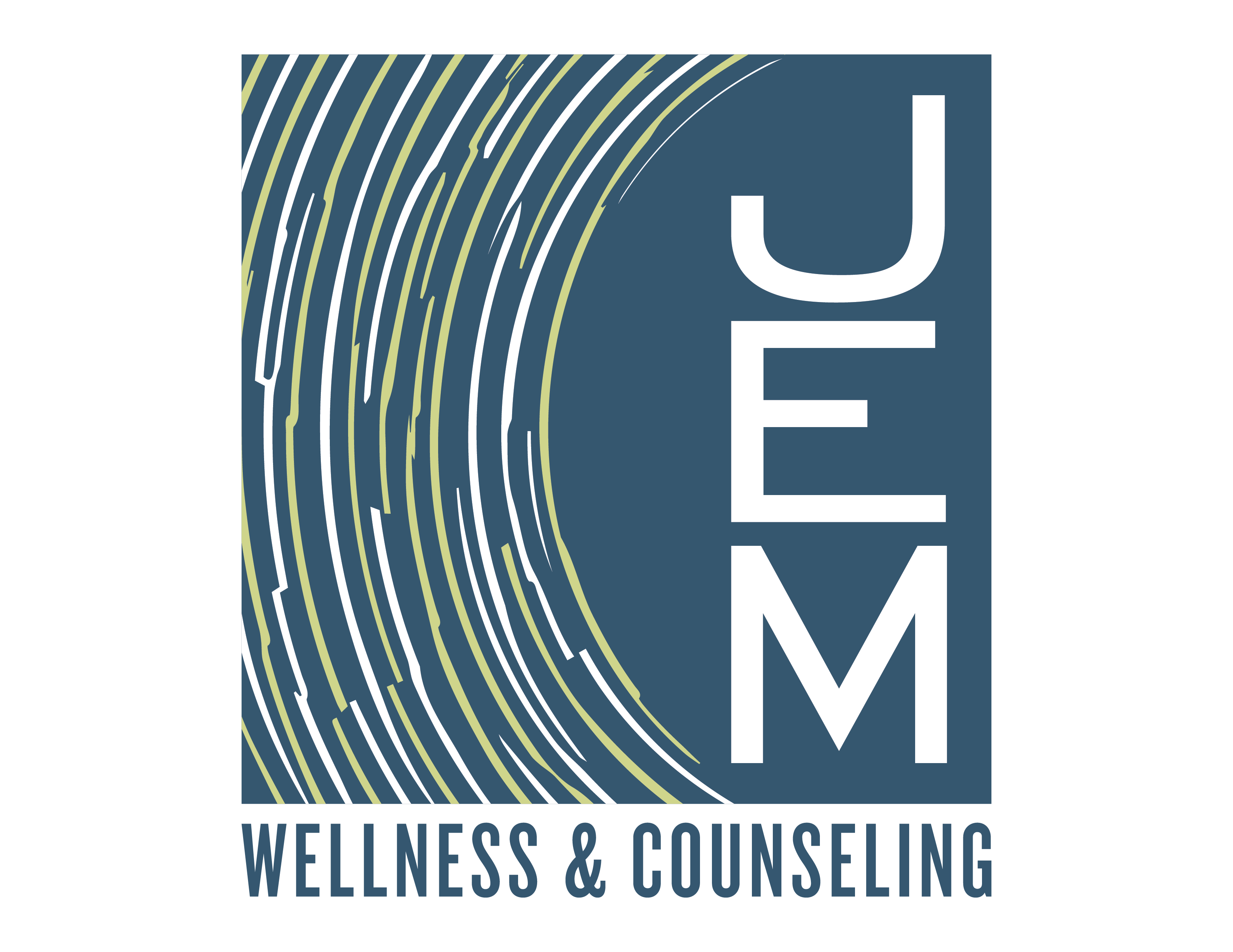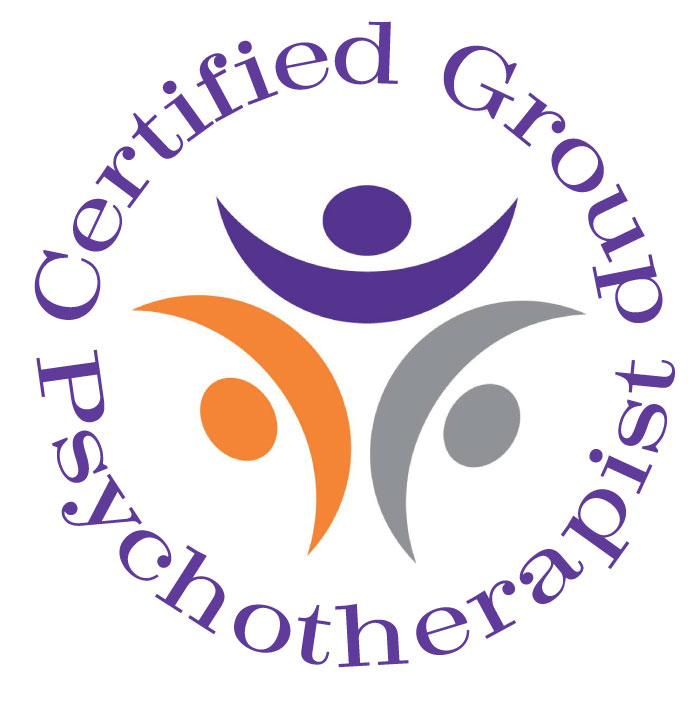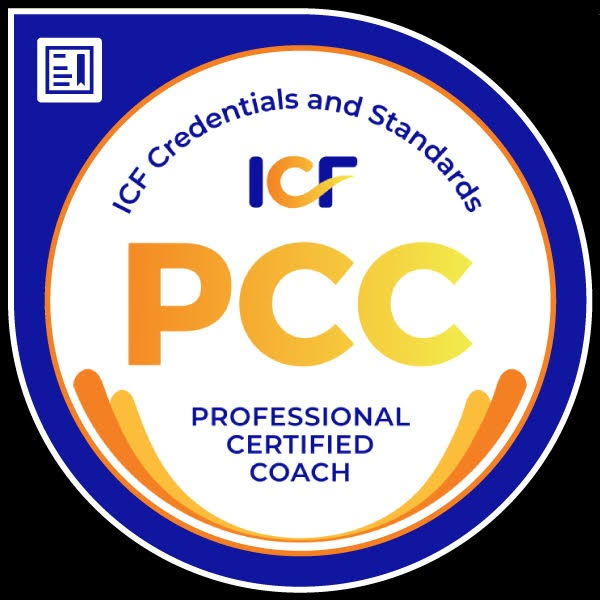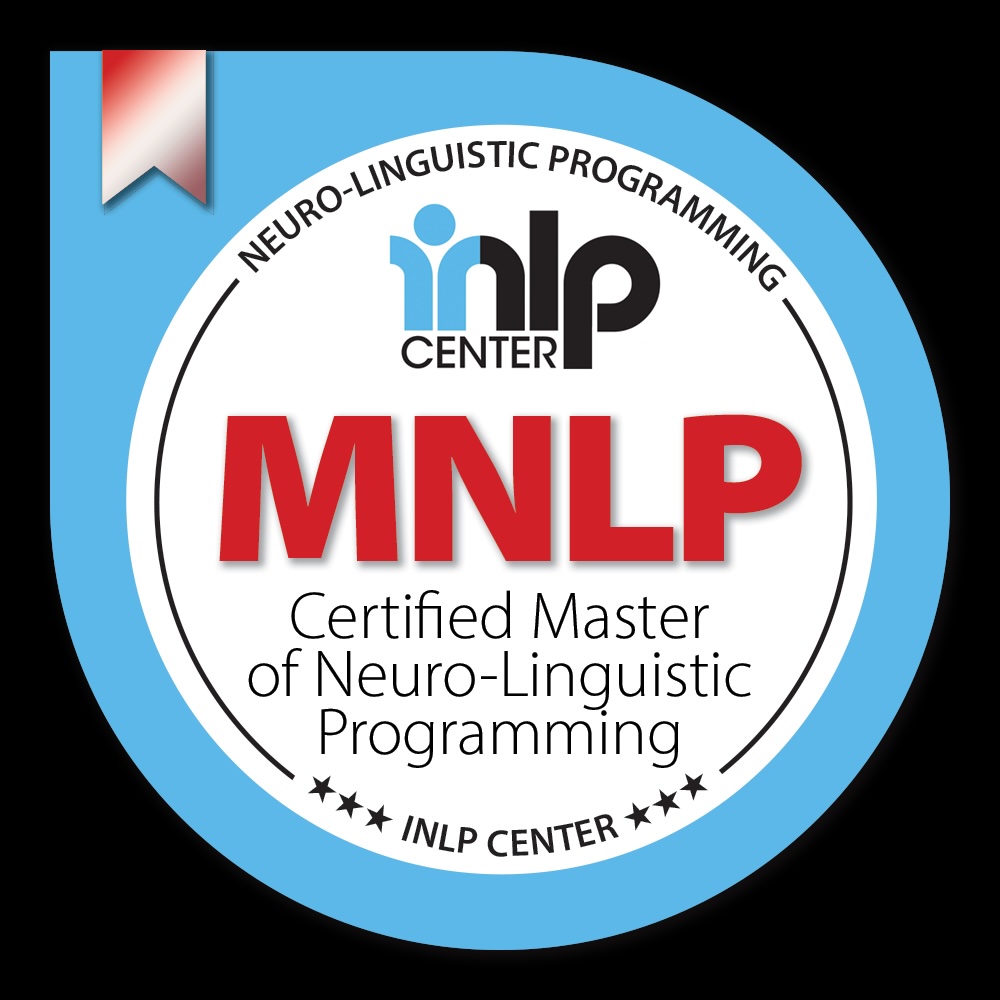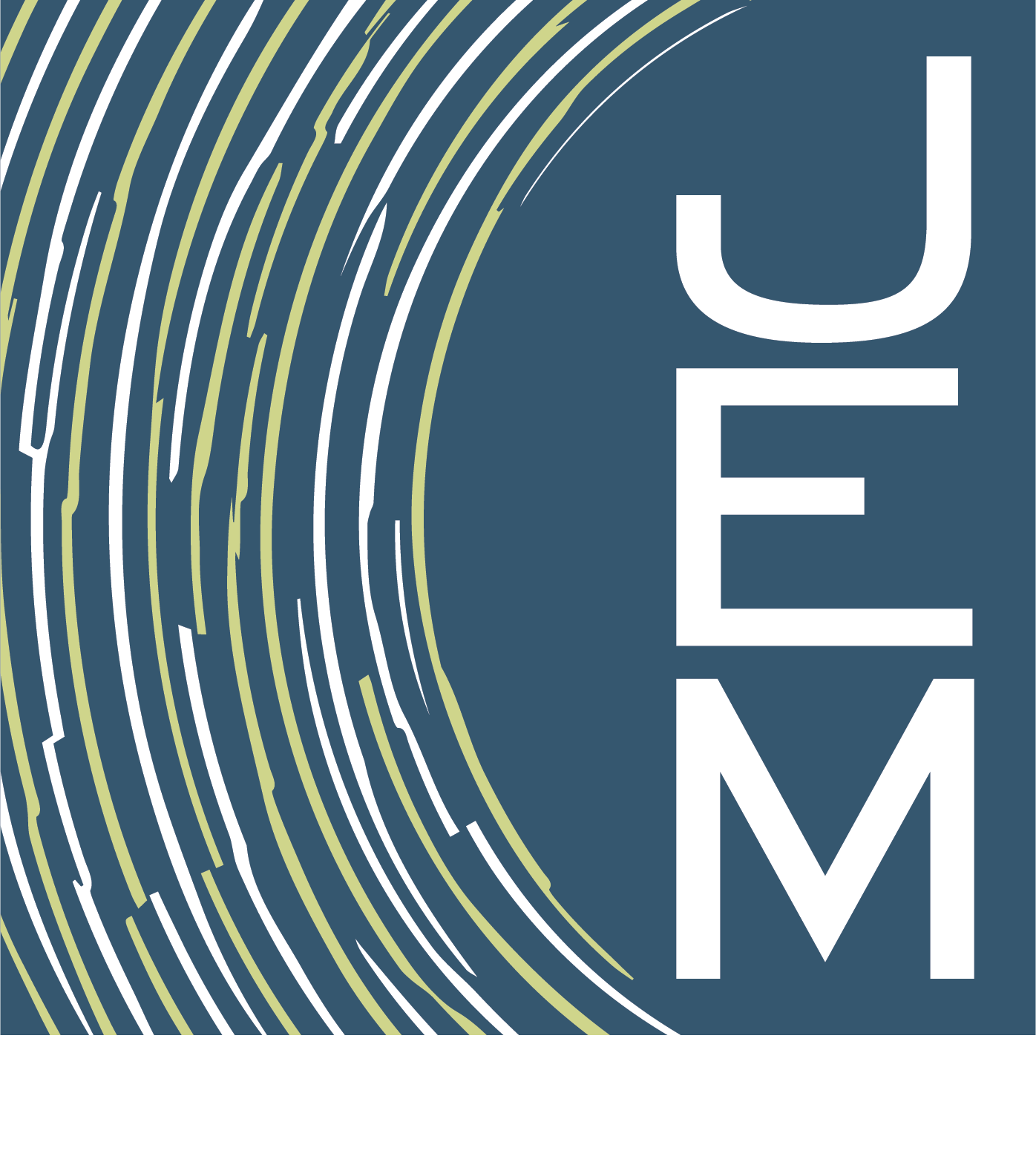We treat the most common mental health concerns with compassion, expertise, experience, and exceptional quality of care.
JEM Wellness Center specializes in addressing a wide range of mental health concerns. Our team is skilled in treating anxiety disorders, including Generalized Anxiety Disorder, Social Anxiety, Panic Disorder, and PTSD, using evidence-based therapies to help you manage symptoms effectively. We also provide compassionate care for depression, helping you develop strategies to overcome feelings of hopelessness and improve your overall quality of life. Whether you’re dealing with relationship issues, stress management, or self-esteem challenges, our therapists are here to support your journey toward mental and emotional well-being.
Areas of Treatment
Anxiety Treatment
Generalized Anxiety Disorder (GAD)
Individuals with GAD experience excessive worrying in multiple areas, most days, to the point that it may interfere with their physical and mental health. The chronic worry creates substantial anxiety and physiological sensations like stomach aches, tight muscles, fatigue, rapid heart rate and moodiness to name a few. Individuals with GAD normally worry about natural areas of concern, but have difficulty turning it off and often lose time playing out worst-case scenarios. Individuals with GAD often experience sleep challenges like falling asleep or waking up frequently, in addition to the physical symptoms from worrying. Individuals with GAD may experience difficulty trying new things like travel or recreational/social activities. This comes from having difficulty sitting with the unknowns of a future situation.
Social Anxiety
Individuals with social anxiety are often consumed with worry about potential negative judgment of others. They value social connections, but they will often avoid social interactions due to distress and fear. Many adults with social anxiety report long-term struggle in this area and will often remember being shy and quiet as a child. Physical symptoms in addition to feeling anxious can include an upset stomach, difficulty concentrating, shaking, voice trembling, and blushing. Many people of all ages with social anxiety find it difficult to start conversations with others, express their opinions and thoughts, be assertive, speak in groups, make eye contact, tell jokes, and take risks when around others. Social anxiety can lead to isolation and depression or can lead to overcommitment socially in order to please others. These people can appear socially comfortable and connected but express minimal social enjoyment due to a constant need for approval.
Panic Disorder & Panic Attacks
Panic attacks can occur for many people struggling with an anxiety disorder as well as those without disordered anxiety. Approximately one-third of the population has had a panic attack in the past year. That said, people who suffer from panic disorder have heightened and persistent fear of having a panic attack in a situation where they are unable to get away or find a way to cope. A panic attack is defined as the emergence of four or more physiological sensations like racing heart, dizziness, light-headedness, stomach ache, trembling or feelings of derealization peaking in intensity within 10 minutes of onset.
Those with panic disorder often believe a catastrophic outcome will result from panic attacks. For example, they may believe they will lose complete control of their body, that they will die, go crazy or completely and irreparably embarrass themselves. Often, people with panic disorder will completely avoid situations due to their belief of having a panic attack. This is called Agoraphobia. Some examples of locations they may avoid are airplanes, traffic, large open spaces, foods (caffeine, sugar and alcohol), emotions (excitement, anger and anxiety) and some activities (exercise and sex).
Health Anxiety
Individuals with health anxiety have an acute and persistent fear of illness and/or death. They may often engage in heightened health safety behaviors like checking their body for symptoms or seeking constant reassurance from loved ones and health professionals regarding their health. Even when reassured, they rarely find comfort or relief for long. Other people struggling with health anxiety may completely avoid any health information and health professionals to avoid any information about potential illness through magical thinking.
Fears & Phobias
A specific phobia refers to the acute and persistent fear of specific objects or situations that is irrational and unrealistic to any actual danger. The phobia causes life-interfering distress and/or impairment.
Common types can include (but are not limited to):
- Animals (dogs, cats, spiders, insects, rats, birds, and snakes)
- Natural Environment and Weather (heights, storms, natural disasters, and water)
- Blood-Injection-Injury Type (seeing blood, receiving a blood test or injection, watching medical procedures)
- Situational Type (driving, flying, elevators, and enclosed places)
- Other Type (choking or vomiting, loud noises, or fears of costumed characters)
Post-Traumatic Stress Disorder (PTSD)
PTSD is an anxiety disorder that can surface after someone experiences a traumatic event like a threat to the physical safety of self or others. The traumatic event is experienced with a sense of intense fear, horror, or helplessness.
Symptoms of PTSD can include the following (but are not limited to):
- Re-experiencing the trauma (flashbacks, nightmares, recurrent intrusive thoughts)
- Hyperarousal (feeling jumpy or easily startled, difficulty sleeping and restlessness, irritability, difficulty concentrating, and hypervigilance or feeling on guard all the time)
- Avoidance (avoiding places, people, events, or objects that remind a person of his or her trauma, emotional numbness, loss of interest in previously enjoyed activities, difficulty remembering important aspects of the trauma, feeling cut-off from people)
- Persistent emotions like anger, guilt and shame as well as disruption in sleep, diet, and exercise habits.
It is natural to experience a few of the symptoms above following a traumatic event. However, a person develops PTSD when these symptoms last more than one month and become life-interfering. In some cases, it can be months or years following a trauma before symptoms emerge.
PTSD symptoms may appear differently in children. They may develop the following symptoms: repetitively acting out the event during play, separation anxiety, decrease in speech, bedwetting, and/or stomachaches and headaches. Symptoms in teenagers appear similar to those of adults but may also include disruptive and destructive behaviors.
Separation Anxiety
Children, teens, and adults with separation anxiety typically exhibit excessive and irrational worry about being away from loved ones and/or home. Common fear of separation can include harm to themselves or loved ones, fear of abandonment, and fear of having physical distress due to the anxiety like stomach aches or illness while away. Some children will exhibit oppositional behaviors like tantrums or aggression in an effort to avoid separation. Separation anxiety can interfere with social relationships given reluctance to enter new social situations that require temporary separation from loved ones.
Obsessive Compulsive Disorder (OCD)
People with Obsessive-Compulsive Disorder suffer from repetitive unwanted and intrusive thoughts, images, or urges. These obsessions can cause heightened levels of distress, discomfort, and anxiety. It is very common for people suffering from OCD to engage in compulsive acts or “rituals” to reduce the distress and guilt associated with their obsessions for a brief period; however, those rituals ultimately perpetuate the person’s anxiety. Compulsions may be overt (outwardly visible) behaviors, or they may be covert mental rituals such as counting, replacing a “bad” thought with a “good” thought, praying in a certain manner, or mentally reviewing their recent actions to make sure they have not done anything “wrong.” Individuals with OCD often describe feeling as if they have little to no control over these thoughts and behaviors. OCD can also be characterized by doubt and difficulty tolerating uncertainty.
Common obsessions include:
- Fear of contamination (dirt/germs, diseases/HIV/STDs/COVID, feeling “stained,” feeling “not right,” contaminating others with a negative emotion or thought): known as “Contamination OCD”
- Thoughts/images of harming others (especially loved ones) or oneself: commonly referred to as “Harm OCD”
- Unwanted sexual thoughts/images (including loved ones and children); fears that you might be a pedophile: commonly referred to as “Pedophile OCD” or “POCD”
- Excessively questioning one’s own sexuality: often referred to as “HOCD” or “Sexual Orientation OCD”
- Symmetry/order, exactness, things have to be “just right” or a certain way: known as “Organization OCD,” “Just Right OCD,” or “Perfectionism OCD”
- Unwanted religious thoughts, fears of saying/doing something blasphemous: “Religious Scrupulosity” or “Moral Scrupulosity”
- Excessive doubting, questioning numerous things and/or everything
- Unreasonable and unjustified doubts/fears about intimate relationships: often referred to as “Relationship OCD” or “ROCD”
- Not feeling “just right” about numerous (or single) thoughts, objects, emotions, or body sensations
Common types of rituals may include:
- Hand washing, excessive showers/bathing, excessive cleaning, avoiding others and places for fear of contamination
- Excessive checking (physical or “mental checking”/self-reassurance)
- Arranging or ordering things until they feel “just right”
- Praying or mental compulsions like replacing or “neutralizing” a bad thought with a good thought
- Mentally reviewing situations, mentally retracing steps and past actions
- Continually searching for answers and trying to “figure it out,” either mentally or through actions such as internet searches and excessive research
- Excessive analyzing/evaluating and rumination
- Checking one’s own feelings to see if they are “right”
- Repeating (erasing, re-ordering or adjusting, re-reading)
- Seeking reassurance from others, avoidance of any perceived triggers, distraction from intrusive thoughts
Start healing your anxiety today.
Depression Treatment
Major Depressive Disorder (MDD)
People with MDD experience either loss of interest in pleasurable activities and/or persistent sadness for at least two weeks. About 15% of U.S. adults report experiencing major depression in their lifetimes. Some symptoms of MDD include fatigue, concentration difficulties, feelings of hopelessness, thoughts of death or dying, and changes in appetite and sleep patterns. Additional symptoms include anxiety, physical pain, and extreme social sensitivity. Depression can sometimes present in addition to severe anxiety disorder. Common symptoms of depression seen in children are irritability/aggression, social withdrawal, low self-esteem, and poor school performance.
Persistent Depressive Disorder (Dysthymia)
Persistent depressive disorder, also called dysthymia, is a continuous long-term (chronic) form of depression. You may lose interest in normal daily activities, feel hopeless, lack productivity, and have low self-esteem and an overall feeling of inadequacy. These feelings last for years and may significantly interfere with your relationships, school, work, and daily activities.
If you have persistent depressive disorder, you may find it hard to be upbeat even on happy occasions — you may be described as having a gloomy personality, constantly complaining or incapable of having fun. Though persistent depressive disorder is not as severe as major depression, your current depressed mood may be mild, moderate or severe.
Because of the chronic nature of persistent depressive disorder, coping with depression symptoms can be challenging, but a combination of talk therapy (psychotherapy) and medication can be effective in treating this condition.
Common symptoms can include:
Persistent depressive disorder symptoms usually come and go over a period of years, and their intensity can change over time. But typically, symptoms don’t disappear for more than two months at a time. In children, symptoms of persistent depressive disorder may include depressed mood and irritability.
- Loss of interest in daily activities
- Sadness, emptiness or feeling down
- Hopelessness
- Tiredness and lack of energy
- Low self-esteem, self-criticism or feeling incapable
- Trouble concentrating and trouble making decisions
- Irritability or excessive anger
- Decreased activity, effectiveness and productivity
- Avoidance of social activities
- Feelings of guilt and worries over the past
- Poor appetite or overeating
- Sleep problems
Postpartum Depression in Mothers
Most new moms experience postpartum “baby blues” after childbirth, which commonly include mood swings, crying spells, anxiety, and difficulty sleeping. Baby blues typically begin within the first two to three days after delivery and may last for up to two weeks. But some new moms experience a more severe, long-lasting form of depression known as postpartum depression.
Postpartum depression isn’t a character flaw or a weakness. Sometimes it’s simply a complication of giving birth. If you have postpartum depression, prompt treatment can help you manage your symptoms and help you bond with your baby.
Some symptoms can include:
- Depressed mood or severe mood swings
- Excessive crying
- Difficulty bonding with your baby
- Withdrawing from family and friends
- Loss of appetite or eating much more than usual
- Inability to sleep (insomnia) or sleeping too much
- Overwhelming fatigue or loss of energy
- Reduced interest and pleasure in activities you used to enjoy
- Intense irritability and anger
- Fear that you’re not a good mother
- Hopelessness
- Feelings of worthlessness, shame, guilt or inadequacy
- Diminished ability to think clearly, concentrate or make decisions
- Restlessness
- Severe anxiety and panic attacks
- Thoughts of harming yourself or your baby
- Recurrent thoughts of death or suicide
Untreated, postpartum depression may last for many months or longer.
Postpartum Depression in Fathers
New fathers can experience postpartum depression, too. They may feel sad or fatigued, be overwhelmed, experience anxiety, or have changes in their usual eating and sleeping patterns ― the same symptoms mothers with postpartum depression experience.
Fathers who are young, have a history of depression, experience relationship problems or are struggling financially are most at risk of postpartum depression. Postpartum depression in fathers ― sometimes called paternal postpartum depression ― can have the same negative effect on partner relationships and child development as postpartum depression in mothers can.
If you’re a new father and are experiencing symptoms of depression or anxiety during your partner’s pregnancy or in the first year after your child’s birth, talk to your health care professional. Similar treatments and supports provided to mothers with postpartum depression can be beneficial in treating postpartum depression in fathers.
When to seek support
It’s important to seek support as soon as possible if the signs and symptoms of depression have any of these features:
- Don’t fade after two weeks
- Are getting worse
- Make it hard for you to care for your baby
- Make it hard to complete everyday tasks
- Include thoughts of harming yourself or your baby
If you have suicidal thoughts
If at any point you have thoughts of harming yourself or your baby, immediately seek help from your partner or loved ones in taking care of your baby and call 911 or your local emergency assistance number to get help.
Also consider these options if you’re having suicidal thoughts:
- Seek help from your primary care provider or other health care professional.
- Call a mental health professional.
- Call a suicide hotline. In the U.S., call the National Suicide Prevention Lifeline at 1-800-273-TALK (1-800-273-8255) or use their webchat on suicidepreventionlifeline.org/chat.
- Reach out to a close friend or loved one.
- Contact a minister, spiritual leader or someone else in your faith community.
Helping a friend or loved one
People with depression may not recognize or acknowledge that they’re depressed. They may not be aware of signs and symptoms of depression. If you suspect that a friend or loved one has postpartum depression or is developing postpartum psychosis, help them seek medical attention immediately. Don’t wait and hope for improvement.
Start healing your depression today.
Bipolar Disorder
Bipolar Disorder
Bipolar disorder, formerly called manic depression, is a mental health condition that causes extreme mood swings that include emotional highs (mania or hypomania) and lows (depression).
When you become depressed, you may feel sad or hopeless and lose interest or pleasure in most activities. When your mood shifts to mania or hypomania (less extreme than mania), you may feel euphoric, full of energy or unusually irritable. These mood swings can affect sleep, energy, activity, judgment, behavior and the ability to think clearly.
Episodes of mood swings may occur rarely or multiple times a year. While most people will experience some emotional symptoms between episodes, some may not experience any.
Although bipolar disorder is a lifelong condition, you can manage your mood swings and other symptoms by following a treatment plan. In most cases, bipolar disorder is treated with medications and psychotherapy.
Types & Symptoms
There are several types of bipolar and related disorders. They may include mania or hypomania and depression. Symptoms can cause unpredictable changes in mood and behavior, resulting in significant distress and difficulty in life.
- Bipolar I disorder. You’ve had at least one manic episode that may be preceded or followed by hypomanic or major depressive episodes. In some cases, mania may trigger a break from reality (psychosis).
- Bipolar II disorder. You’ve had at least one major depressive episode and at least one hypomanic episode, but you’ve never had a manic episode.
- Cyclothymic disorder. You’ve had at least two years — or one year in children and teenagers — of many periods of hypomania symptoms and periods of depressive symptoms (though less severe than major depression).
- Other types. These include, for example, bipolar and related disorders induced by certain drugs or alcohol or due to a medical condition, such as Cushing’s disease, multiple sclerosis or stroke.
Although bipolar disorder can occur at any age, typically it’s diagnosed in the teenage years or early 20s. Symptoms can vary from person to person, and symptoms may vary over time.
Mania and hypomania
Mania and hypomania are two distinct types of episodes, but they have the same symptoms. Mania is more severe than hypomania and causes more noticeable problems at work, school, and social activities, as well as relationship difficulties. Mania may also trigger a break from reality (psychosis) and require hospitalization.
Both a manic and a hypomanic episode include three or more of these symptoms:
- Abnormally upbeat, jumpy or wired
- Increased activity, energy or agitation
- Exaggerated sense of well-being and self-confidence (euphoria)
- Decreased need for sleep
- Unusual talkativeness
- Racing thoughts
- Distractibility
- Poor decision-making — for example, going on buying sprees, taking sexual risks or making foolish investments
Major depressive episode
A major depressive episode includes symptoms that are severe enough to cause noticeable difficulty in day-to-day activities, such as work, school, social activities, or relationships. An episode includes five or more of these symptoms:
- Depressed mood, such as feeling sad, empty, hopeless, or tearful (in children and teens, depressed mood can appear as irritability)
- Marked loss of interest or feeling no pleasure in all — or almost all — activities
- Significant weight loss when not dieting, weight gain, or decrease or increase in appetite (in children, failure to gain weight as expected can be a sign of depression)
- Either insomnia or sleeping too much
- Either restlessness or slowed behavior
- Fatigue or loss of energy
- Feelings of worthlessness or excessive or inappropriate guilt
- Decreased ability to think or concentrate, or indecisiveness
- Thinking about, planning or attempting suicide
Symptoms in children and teens
Symptoms of bipolar disorder can be difficult to identify in children and teens. It’s often hard to tell whether these are normal ups and downs, the results of stress or trauma, or signs of a mental health problem other than bipolar disorder.
Children and teens may have distinct major depressive or manic or hypomanic episodes, but the pattern can vary from that of adults with bipolar disorder. And moods can rapidly shift during episodes. Some children may have periods without mood symptoms between episodes.
The most prominent signs of bipolar disorder in children and teenagers may include severe mood swings that are different from their usual mood swings.
Start healing your bipolar disorder today.
Attention Deficit Hyperactive Disorder (ADHD)
ADHD
In general, a child shouldn’t receive a diagnosis of attention-deficit/hyperactivity disorder unless the core symptoms of ADHD start early in life — before age 12 — and create significant problems at home and at school on an ongoing basis.
Symptoms
A number of medical conditions or their treatments may cause signs and symptoms similar to those of ADHD. Examples of other conditions that resemble ADHD include:
- Learning or language problems
- Mood disorders such as depression or anxiety
- Seizure disorders
- Vision or hearing problems
- Autism spectrum disorder
- Medical problems or medications that affect thinking or behavior
- Sleep disorders
- Brain injury
So, children preschool age or younger suspected of having ADHD are more likely to need evaluation to gain a clear picture of what they are going through and dealing with so they may receive the appropriate support. We are happy to assess your child’s needs and have the appropriate treatment plan established for them.
Premenstrual Dysphoric Disorder (PMDD)
Premenstrual Dysphoric Disorder (PMDD)
Premenstrual dysphoric disorder (PMDD) is a severe, sometimes disabling extension of premenstrual syndrome (PMS). Although PMS and PMDD both have physical and emotional symptoms, PMDD causes extreme mood shifts that can disrupt daily life and damage relationships.
In both PMDD and PMS, symptoms usually begin seven to 10 days before your period starts and continue for the first few days of your period.
PMDD Symptoms
Both PMDD and PMS may cause bloating, breast tenderness, fatigue, and changes in sleep and eating habits. In PMDD, however, at least one of these emotional and behavioral symptoms stands out:
- Sadness or hopelessness
- Anxiety or tension
- Extreme moodiness
- Marked irritability or anger
The cause of PMDD isn’t clear. Underlying depression and anxiety are common in both PMS and PMDD, so it’s possible that the hormonal changes that trigger a menstrual period worsen the symptoms of mood disorders.
Our clinicians are ready to support you in recognizing the signs of PMDD, integrating helpful tools and complementary support modalities while learning skills to support you in the management of your symptoms.
Seasonal Affective Disorder (SAD)
What is SAD?
Seasonal affective disorder (SAD) is a type of depression that’s related to changes in seasons — SAD begins and ends at about the same times every year. If you’re like most people with SAD, your symptoms start in the fall and continue into the winter months, sapping your energy and making you feel moody. These symptoms often resolve during the spring and summer months. Less often, SAD causes depression in the spring or early summer and resolves during the fall or winter months.
SAD Symptoms
In most cases, seasonal affective disorder symptoms appear during late fall or early winter and go away during the sunnier days of spring and summer. Less commonly, people with the opposite pattern have symptoms that begin in spring or summer. In either case, symptoms may start out mild and become more severe as the season progresses.
Some symptoms can include:
- Feeling listless, sad or down most of the day, nearly every day
- Losing interest in activities you once enjoyed
- Having low energy and feeling sluggish
- Having problems with sleeping too much
- Experiencing carbohydrate cravings, overeating and weight gain
- Having difficulty concentrating
- Feeling hopeless, worthless or guilty
- Having thoughts of not wanting to live
Start healing from ADHD, PMDD, and SAD today.
Psychotherapy, Life Coaching, and Equine-Assisted Experiences in Houston, TX
Psychotherapy, Life Coaching, and Equine-Assisted Experiences in Houston, TX
We look forward to joining you, supporting you, and guiding you toward achieving your ultimate wellness goals. Feel free to schedule a consultation or contact us today.
